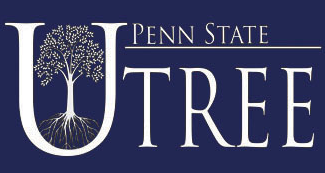Presentation Slide Designs
Assertion-Evidence Structure
The assertion-evidence slide structure consists of a succinct sentence headline that states the main assertion, or message, of the slide. That assertion is then supported by visual evidence that serves to explain, organize, and interpret the content of the headline. Such visual evidence could be photographs, drawings, graphs, equations, and words arranged visually.
Pecha-Kucha Style
In Japan, a style of sequencing slides has arisen that compels presenters to create more effective slides without much instruction. This sequencing style, is called pecha kucha, which translates to "chit-chat." In this sequencing style, the presenter projects 20 slides with each slide showing for only 20 seconds. Because the slides are projected for such a short period of time (only one or two sentences worth of speaking), presenters quickly realize that bullet-ridden slides do not work. For that reason, presenters adopt a more visual-based slide structure.

